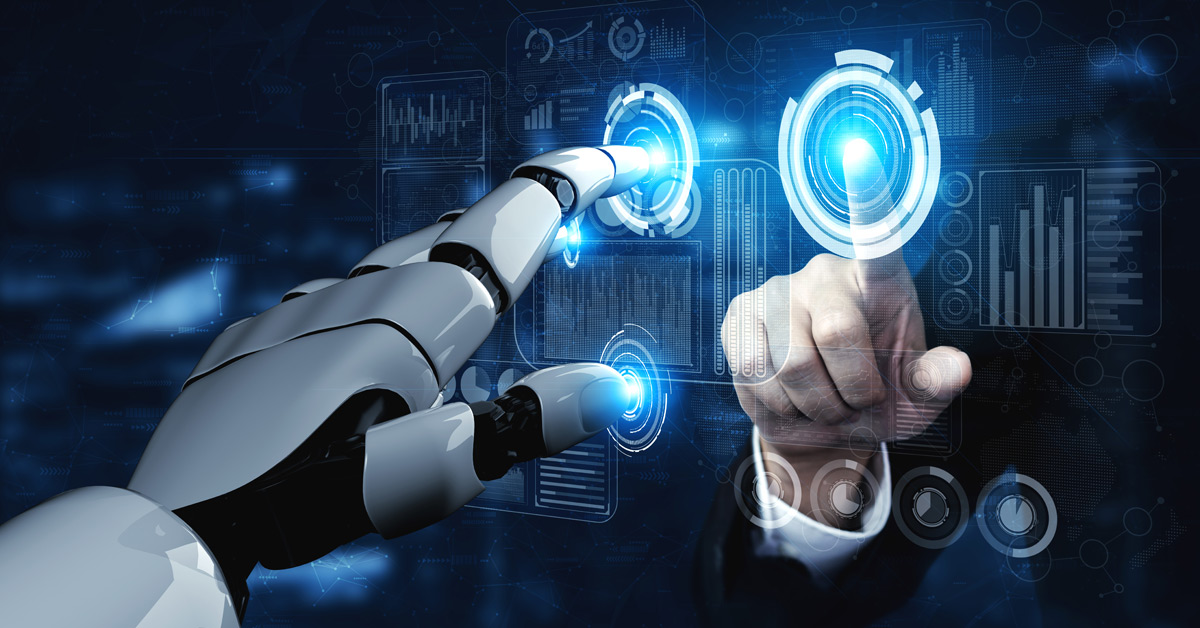Table of Contents
Artificial intelligence (AI) is being built into our daily lives more and more. The creation of AI assistants which aim to improve efficiency and streamline processes is one of the most fascinating parts of this technological revolution. With the growing ability of these AI substitutes, the question of whether machines can ever fully replace human assistance emerges.
Now we will examine the areas of artificial intelligence (AI) and human aid in this investigation, contrasting their advantages, disadvantages, and the sensitive differences that make each unique.
The Rise of AI Assistants over the Past Years
In recent years, AI assistants have made significant actions in following human-like interactions. From voice-activated devices like Siri and Alexa to complex virtual assistants embedded in applications. These machines are designed to understand and respond to human commands. The advantages of artificial intelligence assistants lie in their speed, accuracy, and ability to process vast amounts of data within seconds. They are available 24/7, never tire, and can easily manage multiple tasks simultaneously.
Efficiency and Speed: By utilizing automation tools, AI helpers are excellent at completing repetitive jobs fast, freeing up human attention for more intricate and creative tasks.
Data Processing: The ability of artificial intelligence to analyze enormous datasets in real time, allows for rapid decision-making and insights that might be challenging for humans to achieve.
Availability: These assistants are always available, ready to respond to queries or execute commands at any time of day or night.
The Human Touch: Unique Qualities Defining Human Interaction
While AI assistants boast remarkable capabilities, they often lack the emotional intelligence, creativity, and adaptability inherent in human assistants. The human touch brings a unique set of qualities extending beyond algorithms and machine learning.
Emotional Intelligence: At the heart of human connection lies emotional intelligence, a delicate interplay of empathy, understanding, and responsiveness. Unlike artificial intelligence, humans possess an inbuilt ability to make the complicated details of emotion for a deeper, more meaningful connection. This emotional acuity enables us to navigate the complexities of joy, sorrow, and everything in between, forming bonds that resonate with authenticity.
Adaptability, the Dynamic Essence: Human interaction is a dynamic symphony that adapts to the ever-changing timing of life. Unlike rigid algorithms, humans exhibit a remarkable capacity for adaptability. This inherent flexibility allows us to adjust our approach based on the details of different situations and personalities. Ensuring that our interactions remain relevant, responsive, and attuned to the intricacies of the human experience.
Creativity: Creativity emerges as a defining brushstroke in the canvas of human interaction. Humans bring an imaginative influence to conversations, solving problems, communicating ideas, and navigating challenges in innovative ways. This creative dimension introduces a richness and diversity to human interaction that algorithms, bound by predefined patterns, struggle to emulate.
Striking a Balance between AI Assistants and Human Assistants
The secret lies in striking a healthy balance between Human relationships. It is possible to foster a symbiotic relationship instead of viewing them as competitors. AI’s efficiency in handling repetitive jobs enhances the emotional intelligence, adaptability, and inventiveness of the human touch. Through smoothly integrating these two help modes, we open up a new and unparalleled domain of productivity and innovation. So, we are launching a new era in which artificial intelligence and human creativity work together to transform the support landscape.
Enhancing Productivity Through Collaboration
Synergy: AI and humans can work in combination, with AI handling repetitive tasks and humans focusing on complex, creative, and emotionally nuanced responsibilities.
Learning from Each Other: AI can learn from human input, refining its algorithms and responses based on the wealth of human experiences. While humans can benefit from the speed and precision of AI.
Ethical Considerations
Decision-Making: The ethical implications of depending only on AI for critical decision-making processes require careful consideration. Humans bring a moral compass and subjective judgment that is essential in navigating complex ethical dilemmas.
Bias Mitigation: Humans can actively work to identify and rectify biases in AI algorithms, ensuring fair and equitable outcomes in various scenarios.
Adapting to Change
Human interaction is inherently adaptable and capable of adjusting to the details of varying situations and personalities. Unlike rigid algorithms, humans possess the remarkable capacity to pivot, learn, and recalibrate their approach based on the dynamic nature of social exchanges. This adaptability ensures that human interactions remain relevant and responsive in an ever-changing world.
Flexibility: While AI may struggle with adaptability, humans thrive on it. The ability to pivot in response to unexpected challenges or changes in circumstances is a human trait that ensures resilience in various situations.
Continuous Learning: Humans continually learn and adapt throughout their lives, acquiring new skills and knowledge that contribute to their ability to handle the future of work.
Cultivating Emotional Intelligence
Human Connection: In roles that require empathy and emotional understanding, the human touch is irreplaceable. AI may mimic certain emotional responses, but genuine human connection goes beyond algorithms.
Training AI in Emotional Intelligence: Efforts to create AI with a better understanding of human emotions and social cues can enhance its effectiveness in roles where emotional intelligence is crucial.
Intuition and Instinct
The human touch involves intuition, instinct, and the ability to discern unspoken cues, read between the lines, and perceive underlying emotions, adding depth and authenticity to our connections.
Get a Virtual Phone Number in Minutes Effortless. Economical.
Sign Up for a Free Live Demo to know more about our Services
Genuine Connection
While AI may simulate emotions and responses, the authenticity of human connection remains unparalleled. The human touch fosters genuine relationships built on trust, shared experiences, and the innate understanding that comes from being part of a shared human experience. Authenticity becomes the cornerstone of meaningful interactions, distinguishing them from algorithm-driven exchanges.
Conclusion
In the grand narrative of AI versus human assistants, the conclusion is not about replacement but symbiosis. Striking a balance that leverages the strengths of both AI and human assistance is the key to unlocking unprecedented potential. Navigating change, collaboration between humans and machines reshapes productivity, innovation, and assistance, promising a synergy in AI and human ingenuity.





